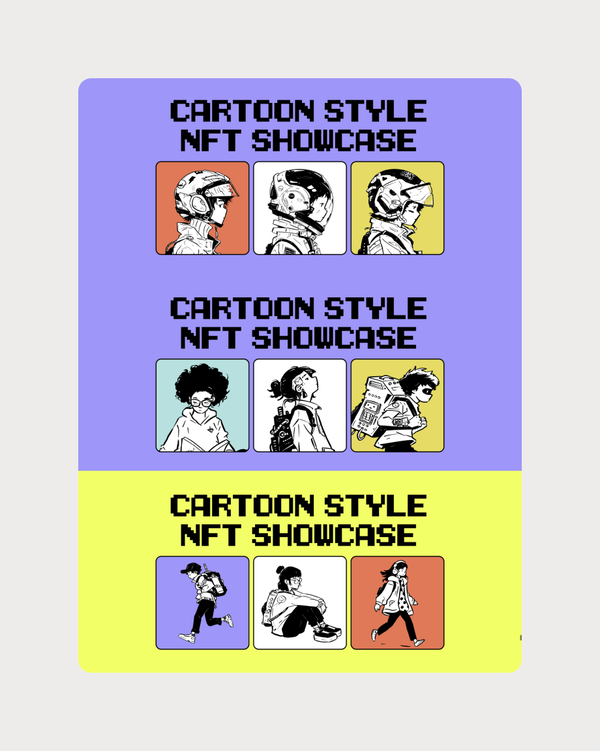Biophilic Design Examples in Web Design
The Ultimate Guide to Biophilic Design Examples in Web Design
Biophilic Design Examples in Web Design
Artificial intelligence (AI) has revolutionized the way we interact with technology, and the field of web development is no exception. AI web developers are professionals who specialize in using AI technologies to create innovative and dynamic websites. In this article, we will explore the role of AI web developers, their skills and expertise, and how they are changing the landscape of web development.

Biophilic Design Examples in Web Design Explained
Biophilic Design Examples in Web Design
1. Start with a unique concept
When developing a new recipe, it is important to start with a unique concept that sets your dish apart from others. Consider combining unexpected flavors, using new cooking techniques, or incorporating unusual ingredients to create a recipe that will pique your readers’ interest. You can draw inspiration from different cuisines, culinary trends, or seasonal ingredients to come up with a concept that is both original and appealing.
2. Experiment with different ingredients and flavors
Building recipes is all about experimentation and creativity. Don’t be afraid to try out new ingredients and flavor combinations to create exciting and delicious dishes. Consider incorporating fresh herbs, spices, citrus zest, or other aromatic ingredients to enhance the flavors of your recipe. Experimenting with different cooking techniques, such as grilling, roasting, or braising, can also add complexity and depth to your dishes.
3. Consider dietary restrictions and preferences
When building recipes for your website, it is important to consider the dietary restrictions and preferences of your audience. Make sure to provide options for different dietary needs, such as vegetarian, gluten-free, dairy-free, or vegan recipes. Including nutritional information, such as calorie count, macronutrients, and allergen information, can also make your recipes more accessible and appealing to a wider audience.
4. Include detailed instructions and tips
When writing out your recipes, be sure to provide detailed instructions that are easy to follow. Include step-by-step directions, cooking times, and temperatures, as well as helpful tips and tricks to ensure success in the kitchen. Consider including photos or videos to visually demonstrate each step of the cooking process, making it easier for your readers to replicate your recipes at home.
5. Test your recipes
Before publishing a new recipe on your website, be sure to test it multiple times to ensure that it is accurate and delicious. Invite friends or family members to sample your dishes and provide feedback on the taste, texture, and presentation. Adjust the seasoning, cooking times, or ingredient ratios as needed to perfect your recipe before sharing it with your audience.
6. Engage with your audience
Building recipes on your website is not just about creating delicious dishes – it is also about engaging with your audience and building a community around your food blog. Encourage your readers to leave comments, ask questions, and share their own experiences with your recipes. Consider hosting cooking demonstrations, virtual cooking classes, or recipe contests to interact with your audience and showcase your culinary skills.
Wix
Wix is a popular website builder that offers a wide range of features and customization options at an affordable price. With Wix, you can choose from hundreds of templates to create a website that fits your needs and style. The drag-and-drop editor makes it easy to customize your site, and the platform also offers a variety of apps and integrations to help you add functionality to your website.
One of the best things about Wix is that it offers a free plan that allows you to create a basic website with Wix branding. If you want to remove the branding and use your own domain name, you can upgrade to one of Wix’s premium plans, which start at just $14 per month. With prices like these, Wix is definitely one of the most affordable website builders on the market.
Weebly
Weebly is another popular website builder that is known for its ease of use and affordability. Like Wix, Weebly offers a drag-and-drop editor that makes it easy to create a professional-looking website without any coding knowledge. The platform also offers a variety of templates to choose from, as well as features like e-commerce functionality and SEO tools.
Weebly offers a free plan that allows you to create a basic website with Weebly branding. If you want to remove the branding and use your own domain name, you can upgrade to one of Weebly’s premium plans, which start at just $9 per month. With its low prices and user-friendly interface, Weebly is a great option for those looking for an affordable website builder.
Squarespace
Squarespace is a website builder that is known for its beautiful design templates and customizable options. The platform offers a range of features, including e-commerce functionality, blogging capabilities, and analytics tools. Squarespace is also known for its excellent customer support, making it a great option for those who may need assistance along the way.
Squarespace does not offer a free plan, but its pricing is still relatively affordable, with plans starting at $12 per month. While this may be slightly higher than some other website builders, Squarespace’s beautiful design templates and advanced features make it a worthwhile investment for those looking to create a professional-looking website.
WordPress.com
WordPress.com is a popular website builder that is based on the open-source WordPress platform. While WordPress.com may not offer as many customization options as self-hosted WordPress sites, it is still a great option for those looking for an affordable and user-friendly website builder. WordPress.com offers a range of features, including blogging capabilities, e-commerce functionality, and customizable templates.
WordPress.com offers a free plan that allows you to create a basic website with WordPress branding. If you want to remove the branding and use your own domain name, you can upgrade to one of WordPress.com’s premium plans, which start at just $4 per month. With its low prices and advanced features, WordPress.com is a great option for those looking to create a professional website on a budget.

Biophilic Design Examples in Web Design in 3 Steps
Biophilic Design Examples in Web Design
Conclusion
Web design is a critical component of creating a successful online presence and can significantly impact the performance of your website. By following best practices in web design and focusing on user experience, you can create a visually appealing, user-friendly, and functional website that attracts and retains visitors, drives conversions, and enhances brand reputation. Remember to define your goals, know your audience, keep it simple, optimize for mobile, use high-quality visuals, ensure clear navigation, prioritize loading speed, and test and iterate for continuous improvement. With these tips in mind, you can create an effective website that stands out in the digital landscape and drives success for your business.



